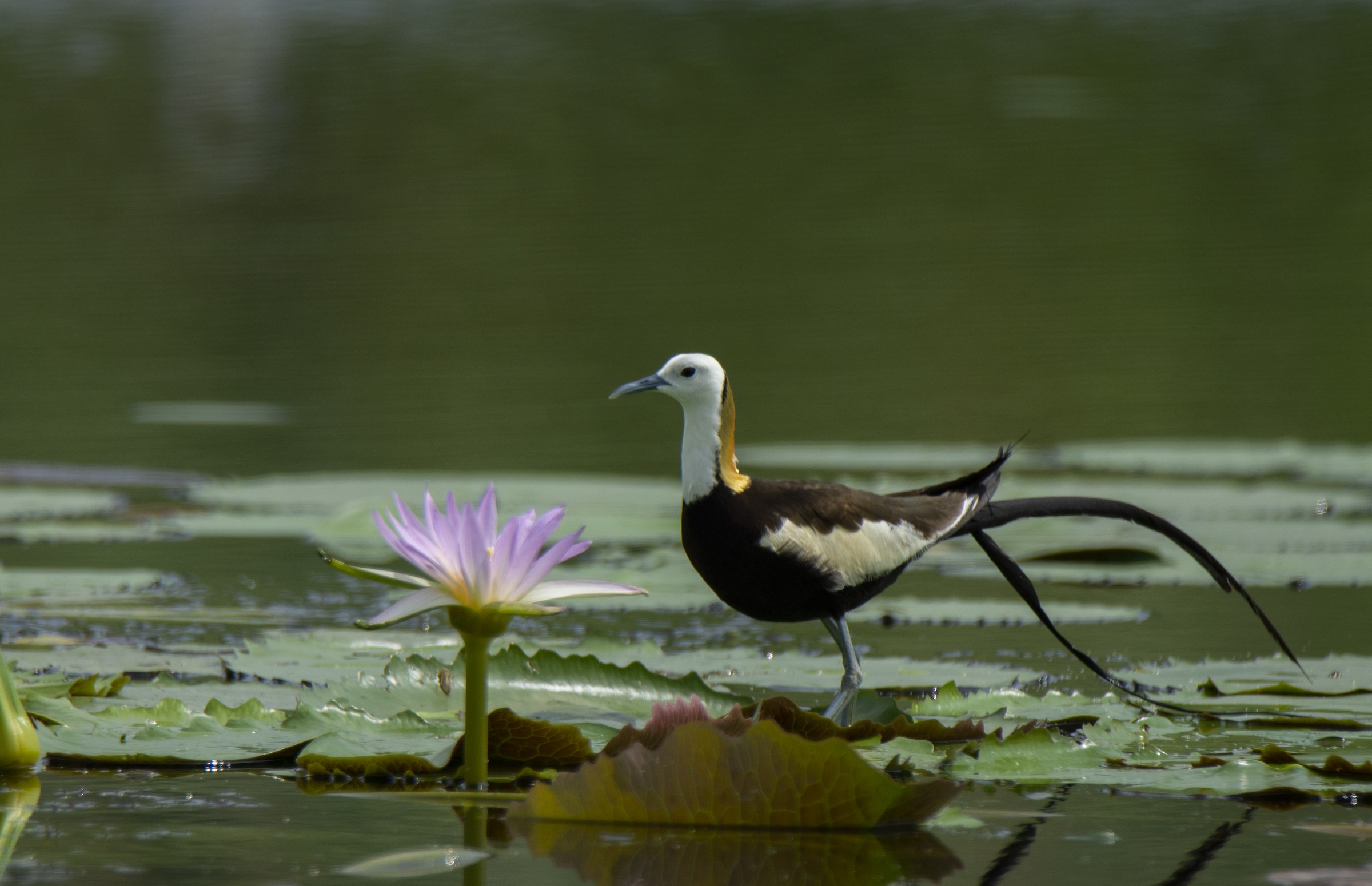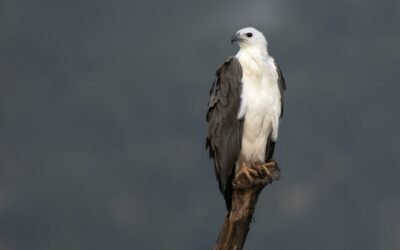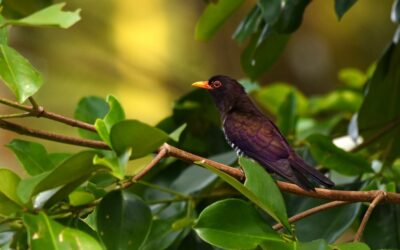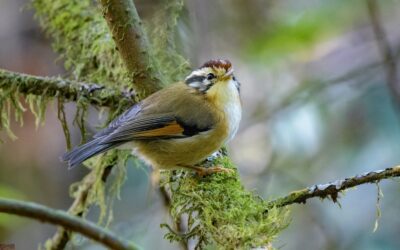 The usual onset of southwest monsoon starts in June bringing some respite from the heat.
The usual onset of southwest monsoon starts in June bringing some respite from the heat.
Be it finding a suitable nest site or incubating eggs, or carrying food to young chicks – the breeding of our resident birds continues in June. A flurry of movement- one minute it’s here and the next gone… keep an eye out for the many birds carrying nesting material or food. Brood-parasitic cuckoos such as Pied Cuckoo, Large-Hawk Cuckoo, Indian Cuckoo become active at this time of the year as well. It can be fascinating to watch what the smaller birds do when these cuckoos are around.
Lockdown rules have relaxed considerably in many regions, while there remain several areas where strict lockdown has extended. A number of birders continue to watch birds from their balconies and rooftops.
The eBird challenge for June is to upload at least one eligible checklist every day. Each list should be a complete list of at least 15 mins duration with no ‘X’s. An additional challenge is that of the 30 complete checklists at least 5 checklists should contain at least one breeding code. From ‘Singing male’ (indicating possible breeding) to ‘Nest with young’ (indicating confirmed breeding), please select the appropriate code relevant to the breeding behaviour you observe. More information on breeding codes is available at this help page; and you can enter the appropriate code next to each species in your eBird list by clicking on ‘Add details’ and then use the ‘Breeding code’ drop-down menu.
While observing/documenting breeding birds please follow these practices: maintain a suitable distance; don’t use playback; don’t trample habitats where birds are likely to nest. If you fear that others may notice your observations and disturb the birds you have seen nesting, you can delay adding your comments or photographs for a few weeks. Please follow the basic principles of birding ethics, including in photography.
Considering the lockdown in mind, please ensure that you adhere to all instructions by central and local authorities while birding.
Please upload all your lists by 10 July 2020 so that we can announce the results soon after that. Here are the general rules of our monthly challenges. And check out the yearlong challenges for 2020 as well! You can keep track of fresh lists coming in from India on this page.
Important. if you are new to eBird, please read this description first, and do take a look at our quick-start infographic and also the more comprehensive Beginner’s Guide.
The eBird mobile app is one of the easiest ways to upload your sightings. Here is a video to help you learn how to submit a checklist through the app.
Header: Pheasant-tailed Jacana, by Debraj Gosh/ Macaulay Library at the Cornell Lab, from this list.




